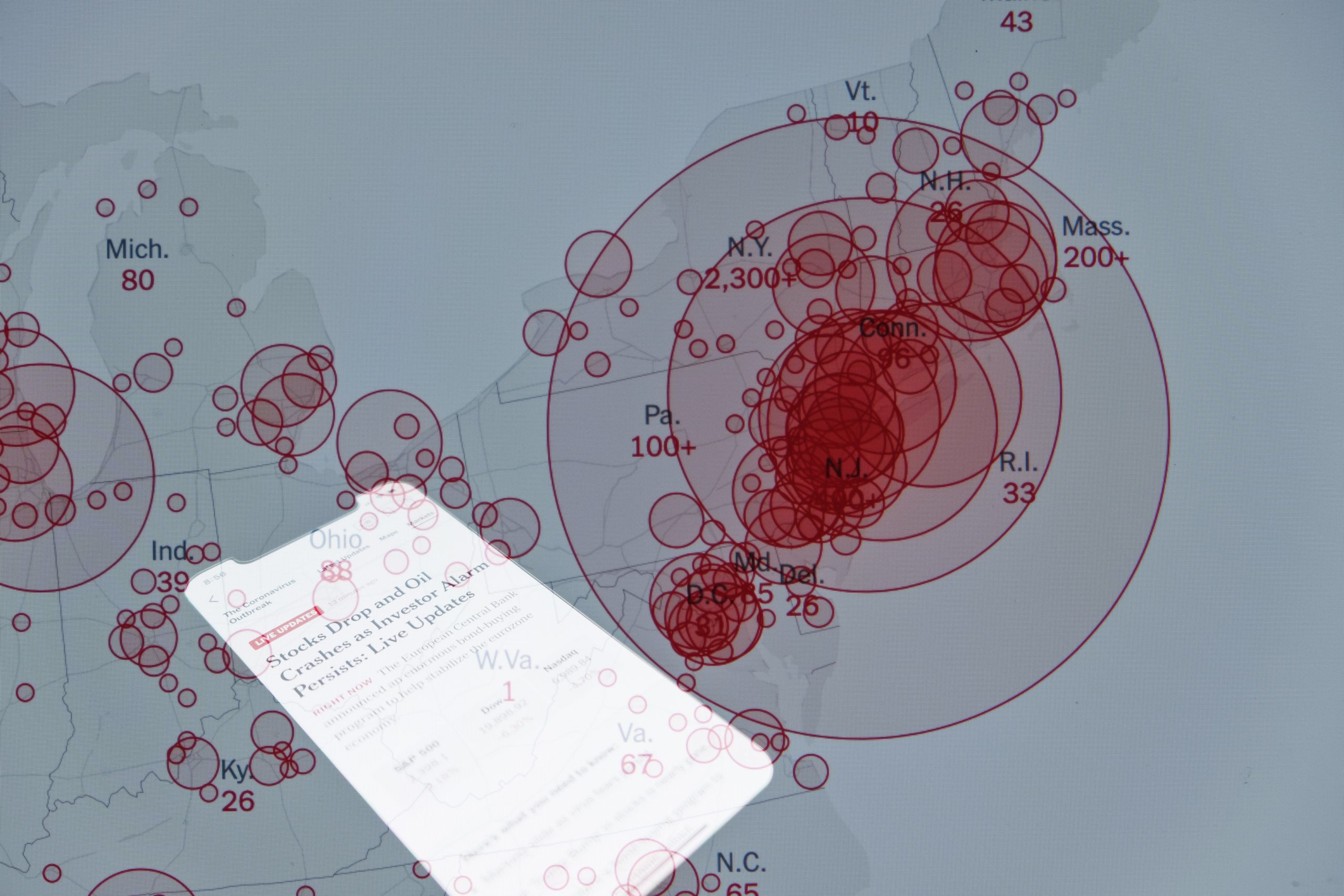
HOW TO MISMANAGE A PANDEMIC
By July 29, 2020, there were more than 150,000 reported deaths from Covid-19 in the United States, significantly more Americans than died during World War I. Thousands of additional people were dying every day, with no sign of this horrific loss of life abating. America, with less than 5% of the global population, accounted for 25% of global deaths. In “hot states” where cases were spiking, there were widespread shortages of personal protective equipment for healthcare workers, bottlenecks and delays in testing, overflowing ICUs, and refrigerated trucks used to store dead bodies because hospital morgues were full.
Other countries had managed to contain the virus, albeit with widespread economic pain from shutting down their economies, but the United States seemed incapable of bringing its numbers down, making it the global epicenter of the pandemic, and a threat to other countries. By July 29, 2020, there were more than 4 million confirmed cases in America. In the early days of the outbreak, the United States had restricted travel from China and Europe, but now its citizens were barred from other countries because of the fear that they would spread disease in countries which had been more successful in dealing with the new virus. In fact, at least 33 countries, including Canada and Mexico, had restricted or even banned non-essential traffic from the United States.
Given its wealth and power, its scientific and industrial prowess, its abundance of talented doctors and scientists, and the CDC, the most sophisticated and effective disease prevention agency in the world, the United States should have been uniquely equipped to protect its citizens from the emergence of a novel virus.
Indeed, the United States had played a leading role in responding to other pandemics, including Swine flu, the Hong Kong flu, AIDS, Ebola, H1N1, and Zika. With all of this going for it, why did the United States do so poorly in responding to Covid-19? There were many reasons for this failure, and future generations will undoubtedly study America’s struggle to control the virus as a textbook case of how not to manage a public health emergency. But even now, while events are still unfolding, we can see some of the reasons why America failed.
This three part series will detail the mismanagement of the largest health crisis in a century. Read Part One: Lack of Preparation and Ignoring Early Warnings
